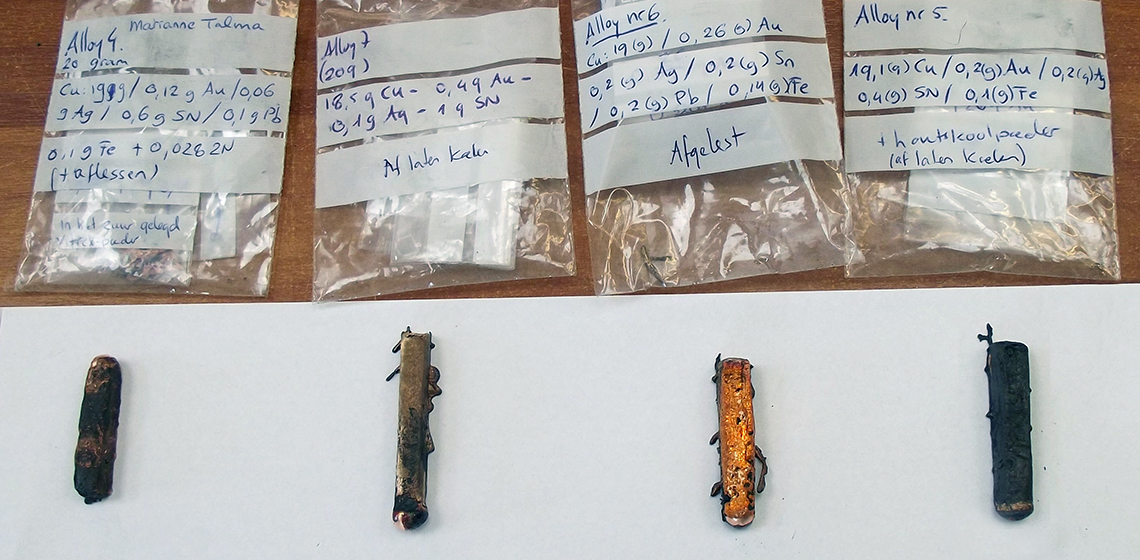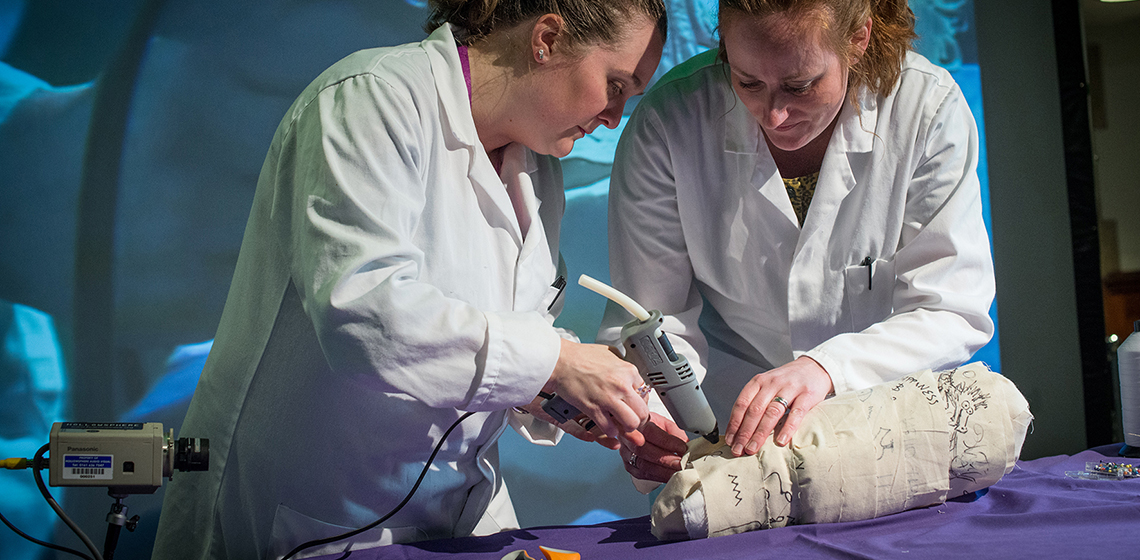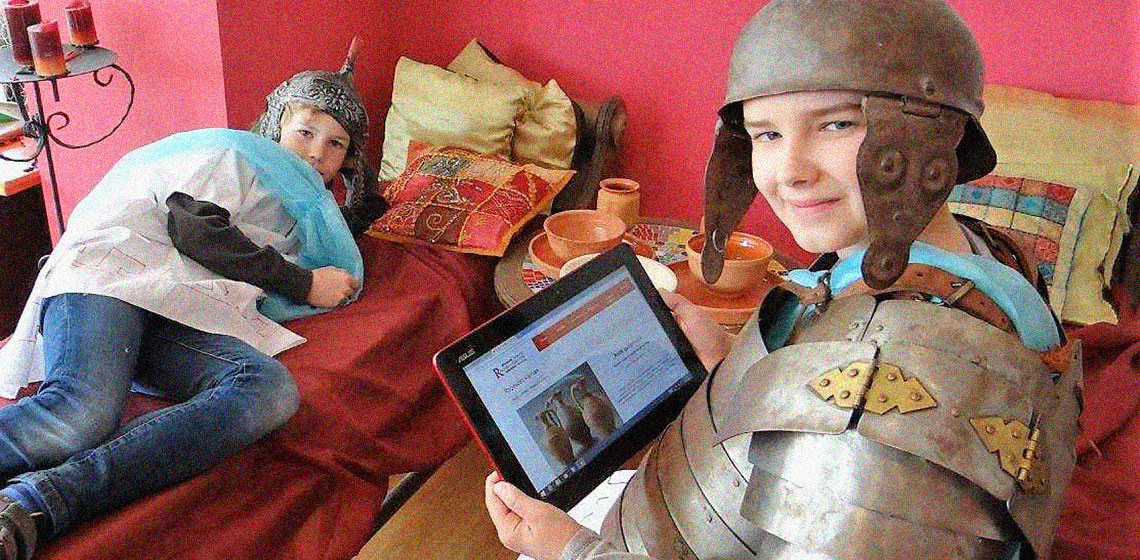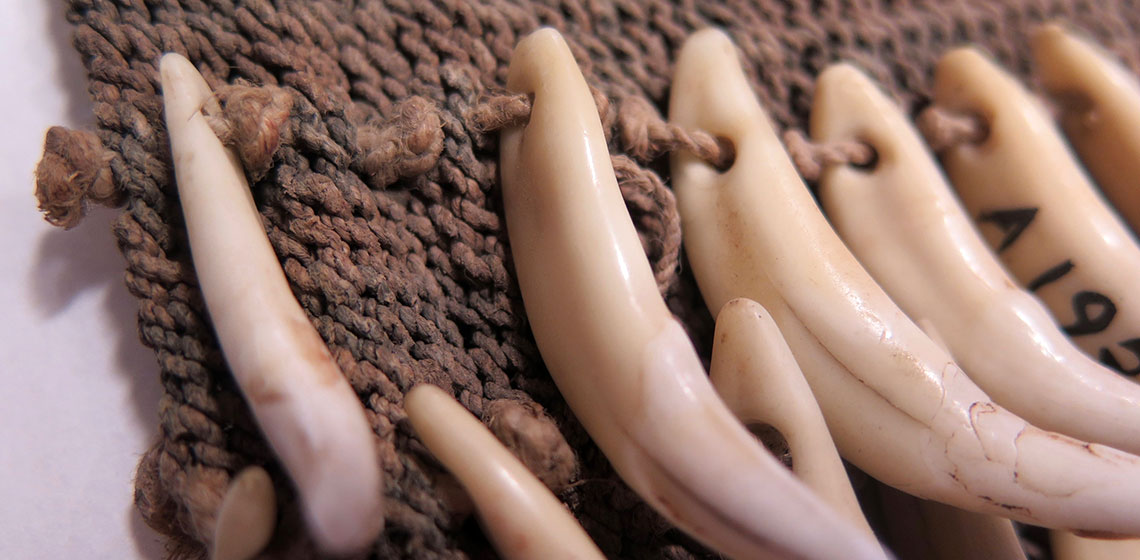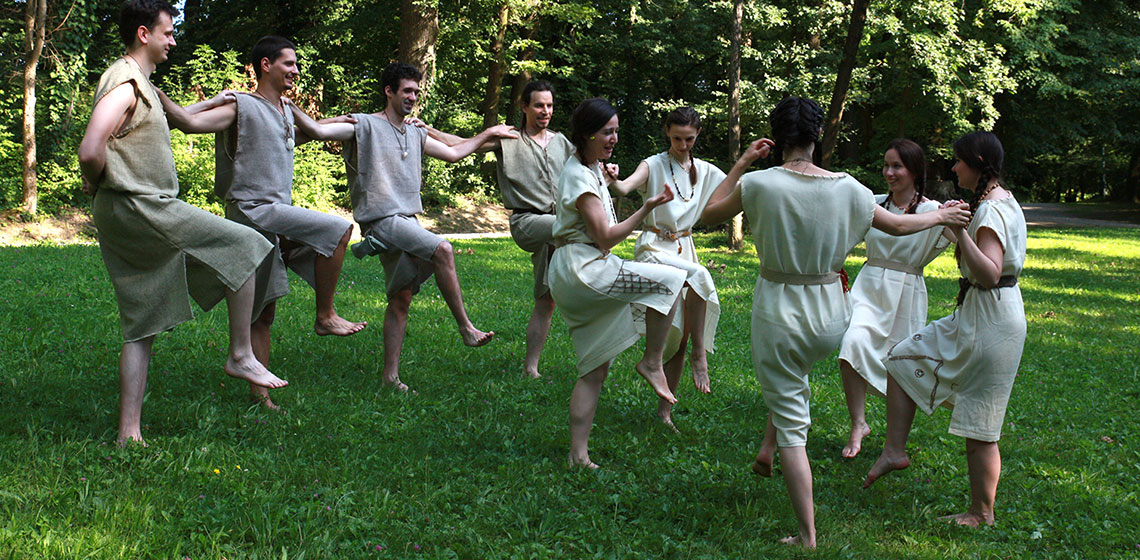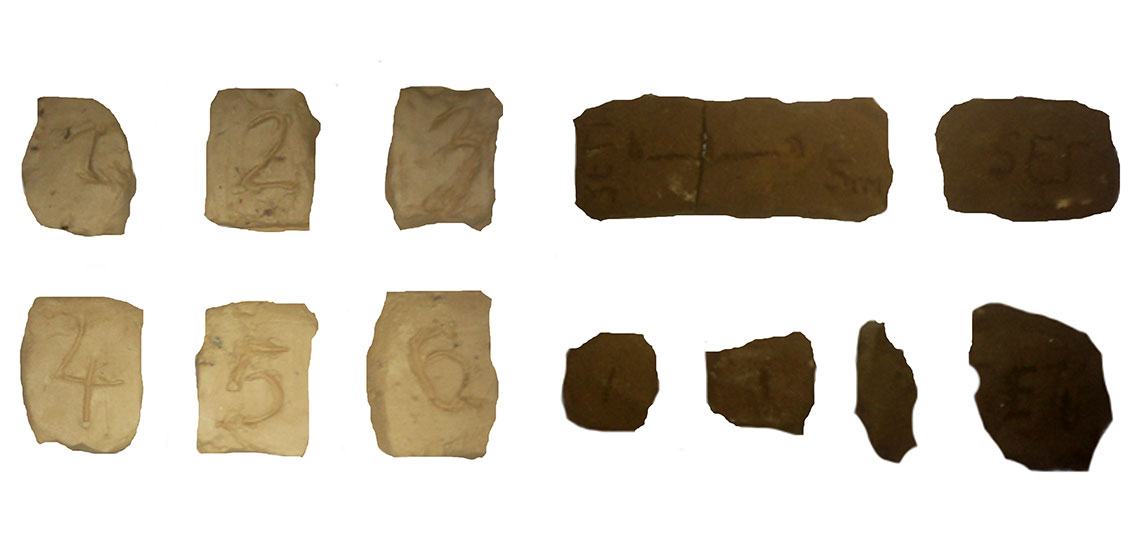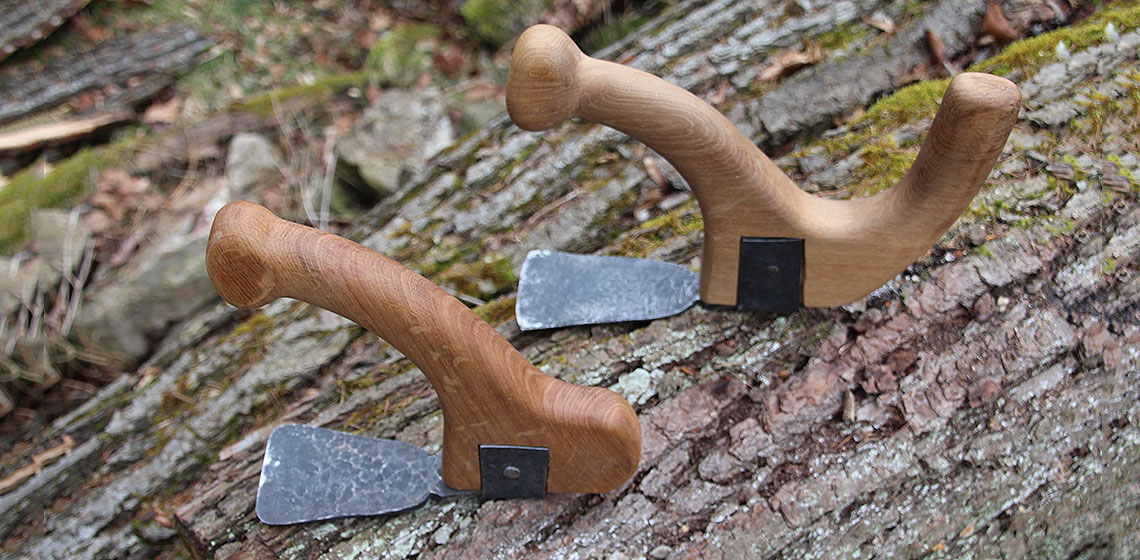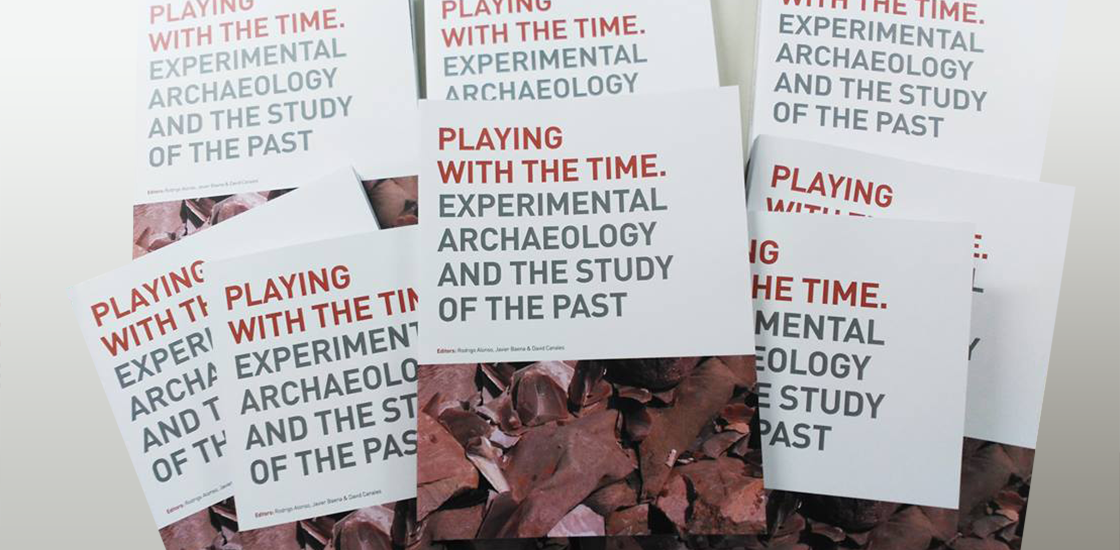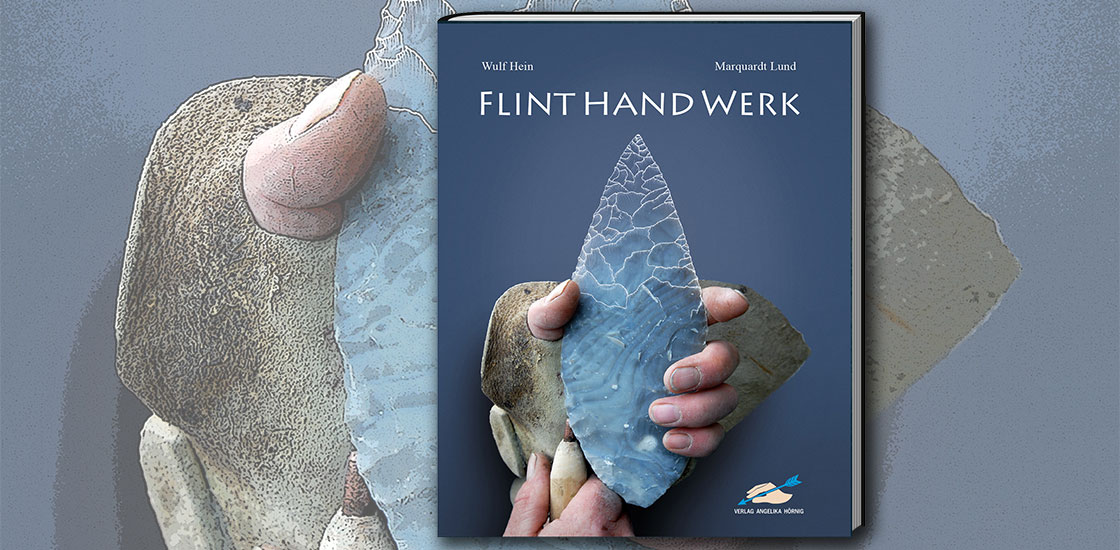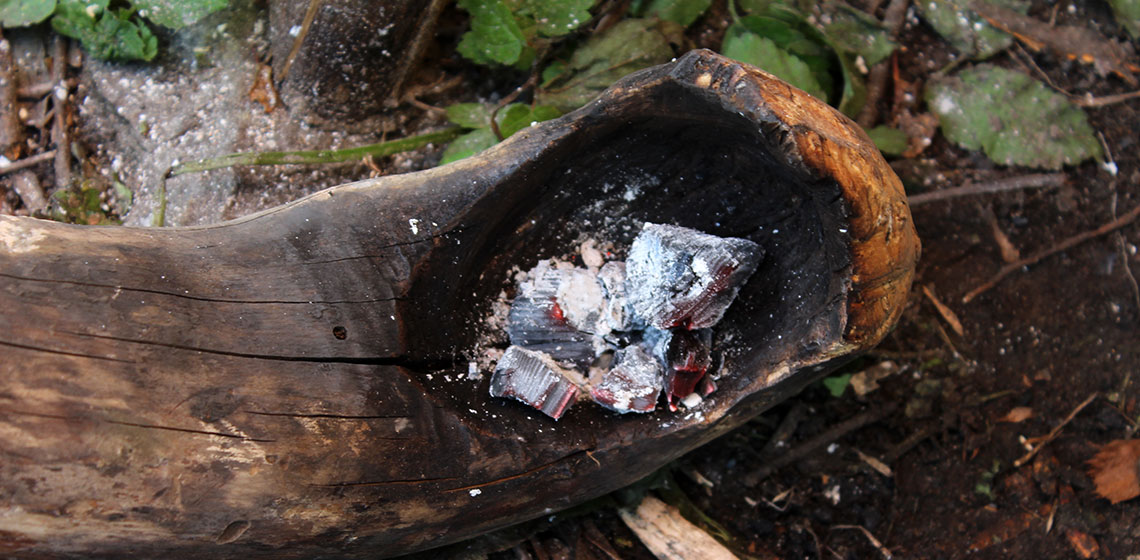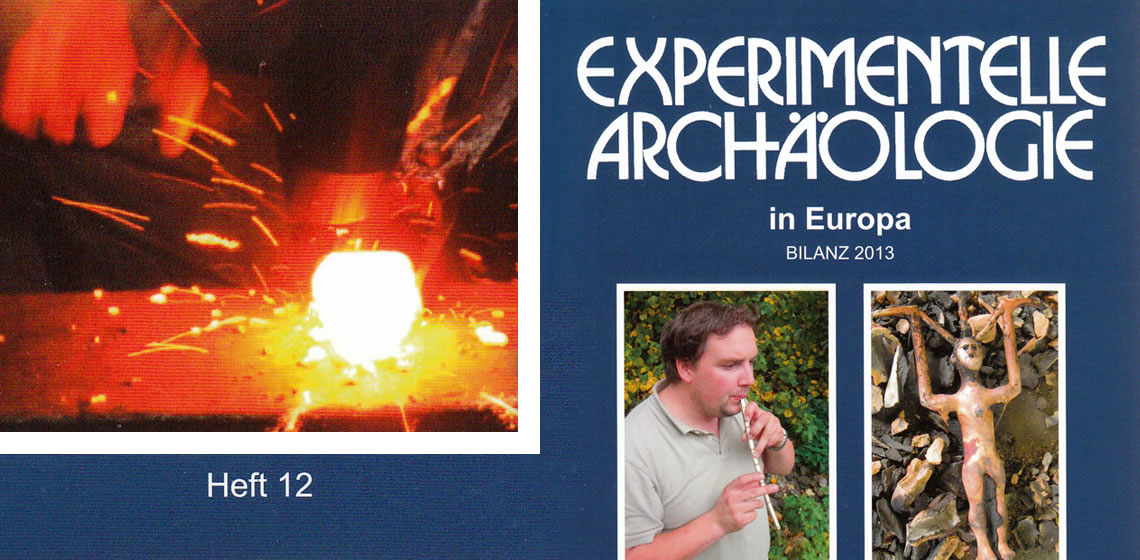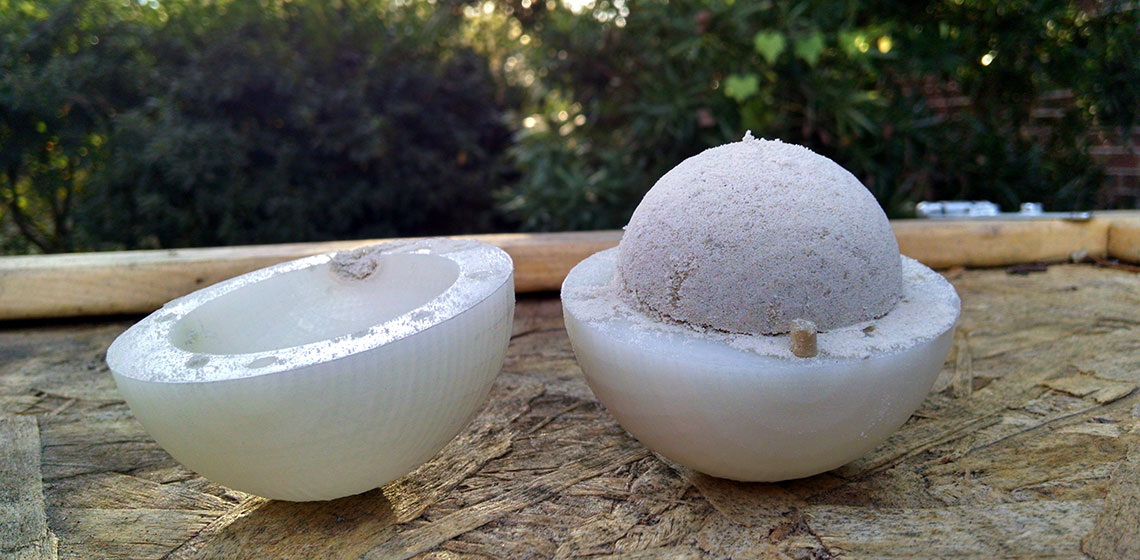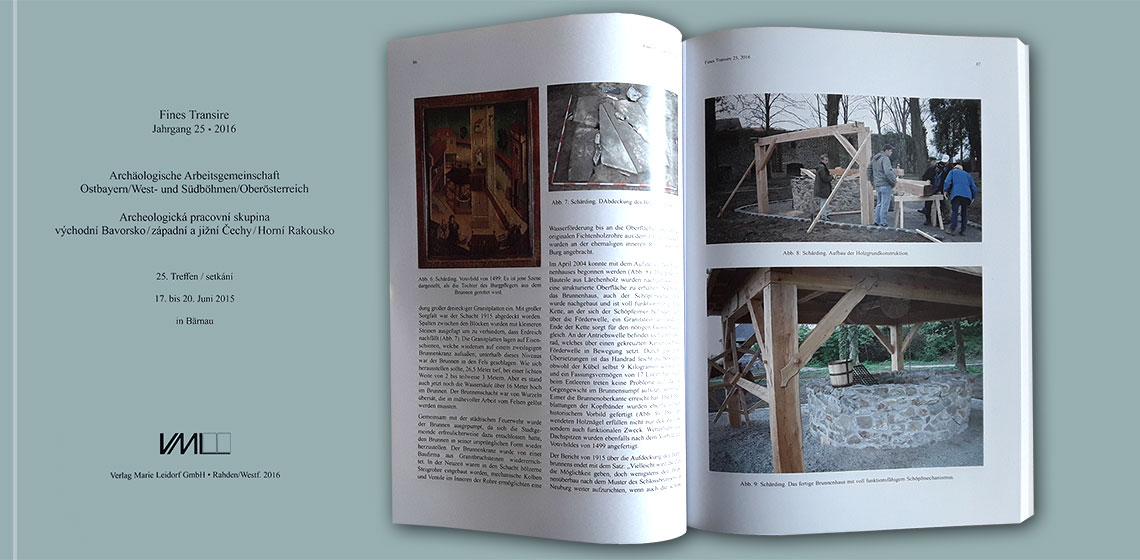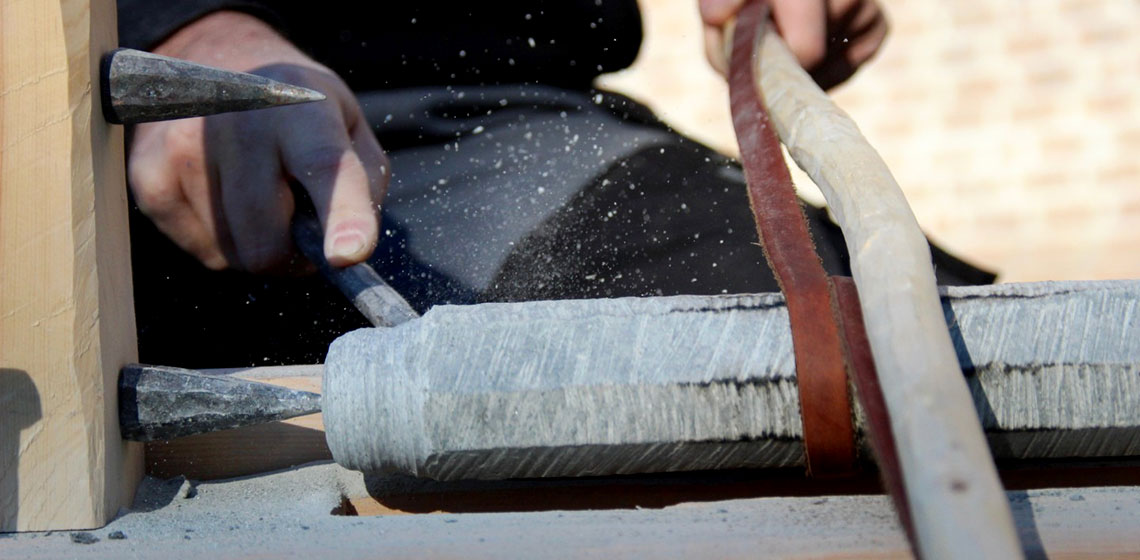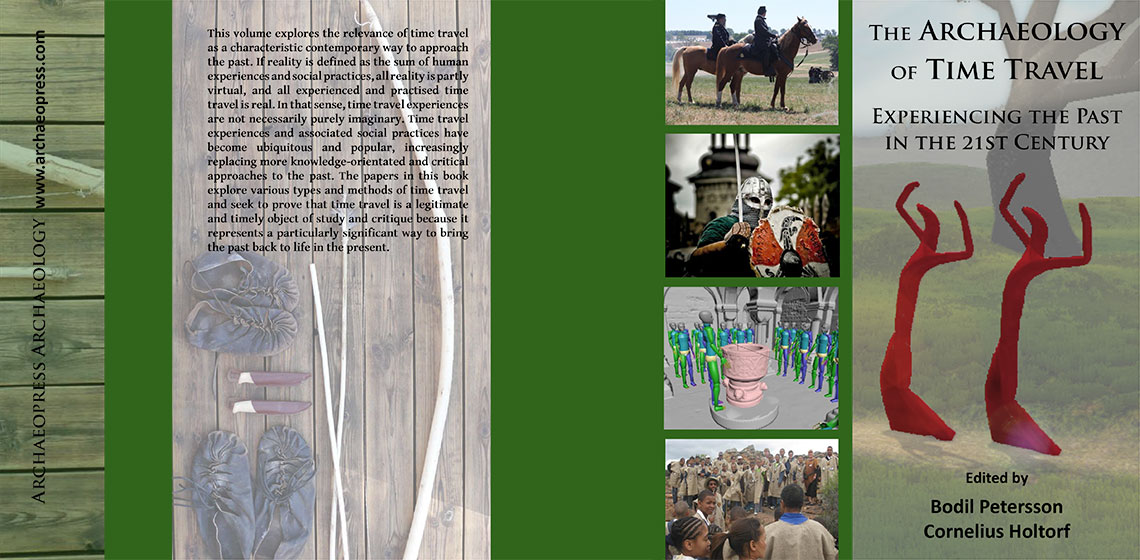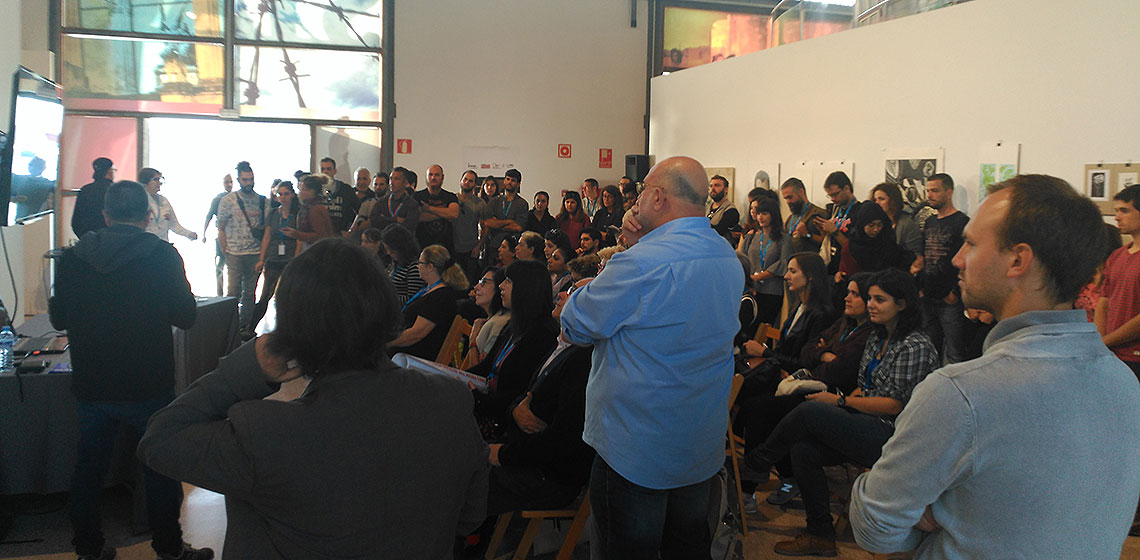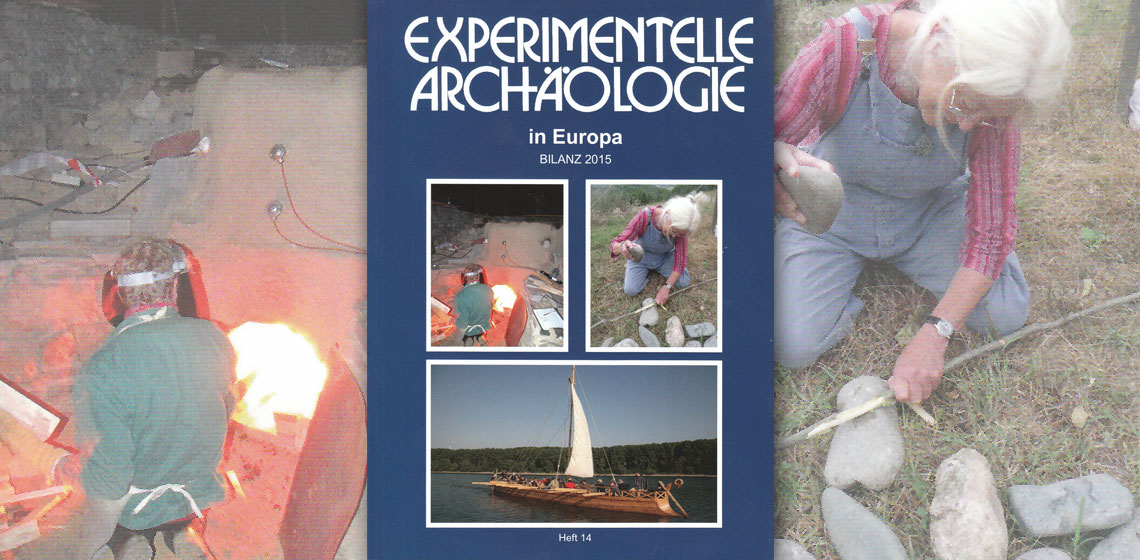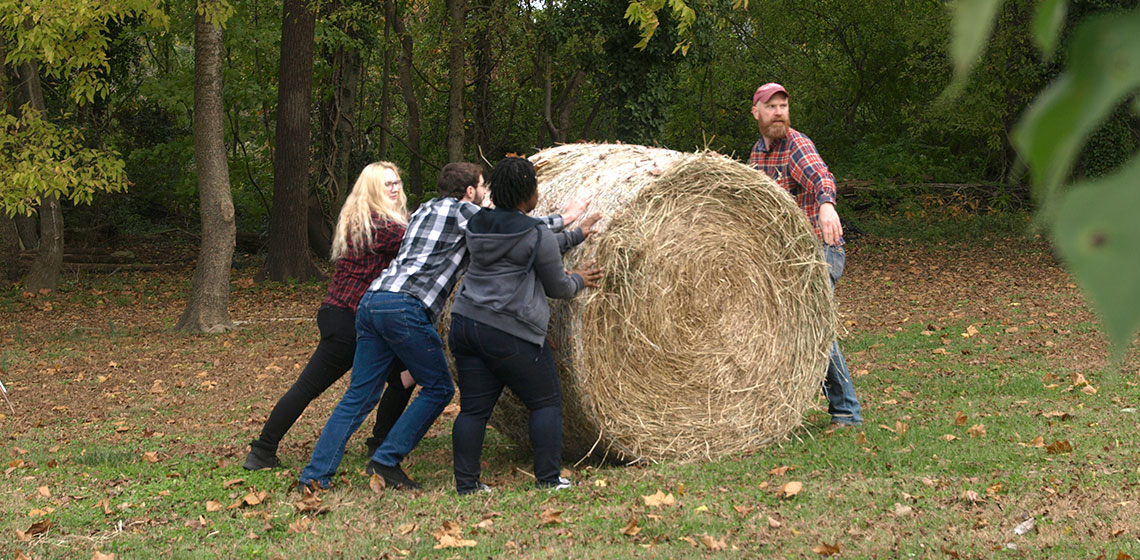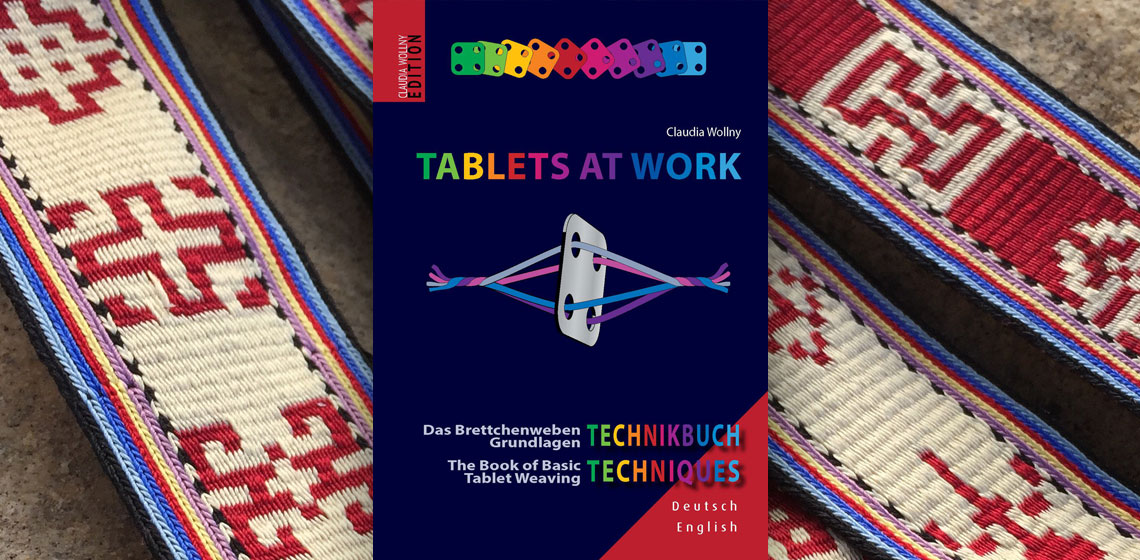EXARC Journal Issue 2018/1



20 Articles | DOAJ | Open Access
ISSN: 2212-8956
Publishing date: February 25, 2018
📄 EXARC Journal 2018/1 Table of Contents
Copyrights: EXARC, 2018
Summary
With the new EXARC website gone online, we also published our first Journal of 2018. We are happy to share 20 articles with you. This Issue includes articles on bronze patination, building a watchtower, re-rolling a mummy, taking vacation in the past, a rattle with animal teeth, prehistoric dances, Iberian pottery and Roman woodworking tools. Most of the Peer-Reviewed articles are from the EAC10 Conference in Leiden 2017. We created a new Themed Collections with Proceedings of the EAC10 and will add more articles in the near future. We also started a new Theme with EXAR Proceedings, featuring two of the reviews in the 2018-1 Mixed Matters section.
Reviewed Articles
An Experimental Diachronic Exploration of Patination Methodology of Dark Patinated (Arsenical) Copper Alloys on Case Studies from the Eastern Mediterranean Bronze Age and Early Iron Age
***Artificially patinated copper alloys are found archaeologically in polychrome artefacts from the 19th century BC Egypt to historical and contemporary Japan. The unusual colour variations observed in these patinas, ranging from black to blue to purple, is due to a minor amount of gold (Au) and silver (Ag) in their copper matrix, whereas accompanying elements such as tin (Sn), iron (Fe), and arsenic (As) might influence workability, hue or shine.
The Experimental Building of a Wooden Watchtower in the Carolingian Southern Frontier
***During fifteen days of June 2015, the team of l’Esquerda worked in a research project to build a Carolingian wooden watchtower on the River Ter, in Roda de Ter, Catalonia, Spain. The idea was to test our hypotheses experimentally, (a) if the wooden watchtower could...
‘Re-rolling’ a Mummy: an Experimental Spectacle at Manchester Museum
***Ancient Egyptian animal mummies and votive statuettes were often wrapped in linen, concealing the contents and conferring sanctity to the remains. Mummy autopsies were commonplace in 19th century Europe, when ancient mummified bodies were unwrapped to reveal what lay beneath the linen bandages. Similarly, votive statuettes were often unwrapped upon discovery, either by...
Vacation in the Past - Effective Heritage Interpretation through Education
***Heritage sites are breathing memories from the past; however, visitors can hardly imagine or experience the ancient life on the spot. In fact, these visits are supposed to conjure up journeys back into the past and park managers should facilitate such experiences by the most effective means possible in order to help tourists gain...
Animal Teeth in a Late Mesolithic Woman’s Grave, Reconstructed as a Rattling Ornament on a Baby Pouch
***In one of the Late Mesolithic graves at Skateholm, Sweden, dating from 5500–4800 BC, was buried a woman together with a newborn baby. Altogether 32 perforated wild boar (Sus scrofa) teeth, along with traces of red ochre pigment, were found in this grave. We interpreted these artefacts as a rattling ornament decorating a baby pouch...
The Forgotten Movement – A (Re)construction of Prehistoric Dances
***Dancing has always been and still is an integral part of the lives of individuals and communities around the world, and it forms part of the cultural identity of all traditional societies. Unlike the arguably small role it has in modern urban societies, dance had much greater role in the lives of individuals and communities of ancient and recent past (Maletić, 1986, pp.14, 41), as well as it still has in many of contemporary tribal communities...
Some Remarks on Technological Process of Tartessian Pottery
Adze-plane, Skeparnon, Multipurpose Adze or Two-handled Adze? Practical Work with an Alleged Predecessor of the Woodworking Plane
***This article presents a practical approach to a Graeco-Roman woodworking tool called “ascia-Hobel” in the archaeological literature, respectively “adze-plane” as the corresponding English term. The tool in question consists of an often semi-circular adze-blade attached to a two-handled shaft and seems to be suited both for chopping and...


